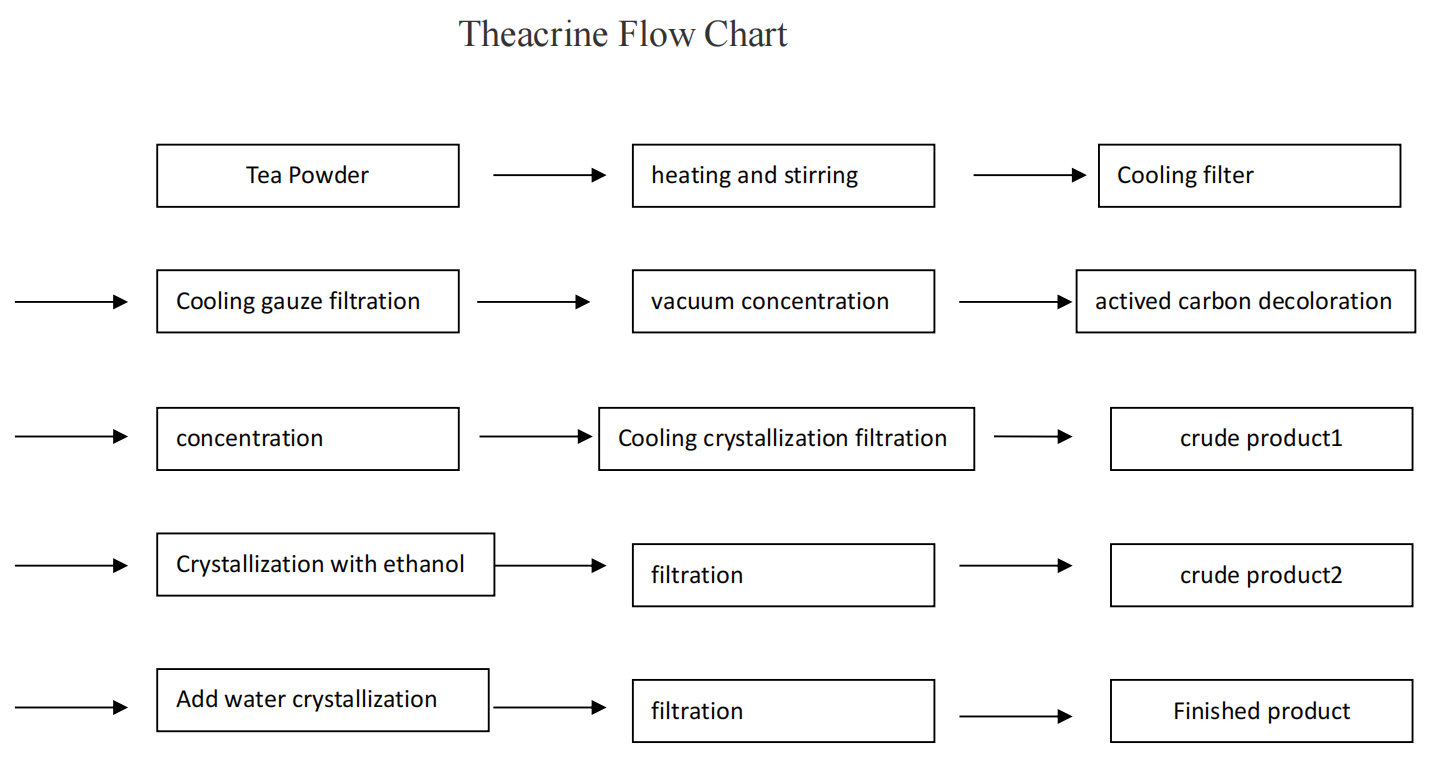
1,3,7,9-tetramethyluric acid is an oxopurine that is uric acid in which the hydrogens at positions 1,3,7 and 9 are replaced by methyl groups. It is a purine alkaloid that is found in Chinese tea known as kucha (Camellia assamica var. kucha) and exhibits anti-inflammatory and analgesic properties. It has a role as a plant metabolite, an anti-inflammatory agent, an analgesic and a human xenobiotic metabolite. It is an oxopurine and a purine alkaloid. It is functionally related to a 7,9-dihydro-1H-purine-2,6,8(3H)-trione.
Tetramethyluric acid is an impurity of caffeine. Caffeine is a bitter, white crystalline xanthine alkaloid that acts as a stimulant drug and a reversible acetylcholinesterase inhibitor. Caffeine is found in varying quantities in the seeds, leaves, and fruit of some plants, where it acts as a natural pesticide that paralyzes and kills certain insects feeding on the plants. In humans, caffeine acts as a central nervous system stimulant, temporarily warding off drowsiness and restoring alertness. Caffeine is a cardiac and respiratory stimulant; diuretic. Caffeine is toxic at sufficiently high doses.
Theacrine can affect the brain similarly to caffeine. Theacrine speeds up the central nervous system at higher doses and slows down the central nervous system at lower doses.
People use theacrine for fatigue, memory and thinking skills, athletic performance, muscle strength, and many other purposes, but there is no good scientific evidence to support these uses.
